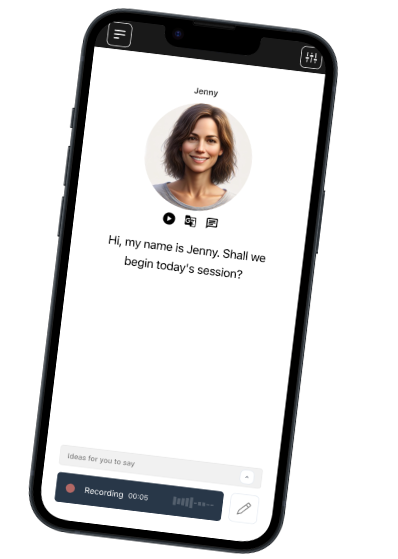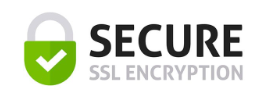Founded in Denmark. We respect your privacy.
Join a worldwide community of language learners
Pidgin vs. Creole: Are These Real Languages or Linguistic Mischief?
Last updated on
What’s the difference between a pidgin and a creole? For many language learners, these terms crop up in linguistics classes or get thrown around in cultural discussions, yet they often feel mysterious and a bit slippery. Are pidgins and creoles “real” languages, or are they quirky hybrids that sit apart from more traditional tongues? The answer is far more intriguing than most people realize—and the story behind how entire communities innovate and communicate may just change how you view language itself.
First, let’s establish the basics. A pidgin is a simplified way of speaking that develops when people with no common language need to communicate, often for trade, work, or social contact. Pidgins are typically cobbled together from bits of multiple languages, borrowing vocabulary and adopting straightforward grammar. Importantly, no one is born speaking a pidgin; it’s learned as a second or third language, and its structure is usually functional, with few frills or complicated tenses.
Creoles, on the other hand, are what happen when a pidgin becomes so embedded in a community that it turns into the first language of the next generation. Suddenly, children grow up speaking this blend as their mother tongue, and over time the creole develops greater complexity—full grammar systems, expressive vocabulary, and the ability to deal with every aspect of daily life. Once a creole forms, it’s as rich and rule-governed as any “old” language, like French or Mandarin.
But are they “real” languages? That’s where the misconceptions begin. For centuries, linguists and laypeople alike dismissed pidgins and creoles as somehow less legitimate than “proper” languages. In truth, pidgins are ingenious tools for bridging gaps, while creoles prove that language creation is an ongoing human process. In fact, they provide linguistic evidence for the human brain’s remarkable ability to generate entirely new linguistic systems rapidly when the need arises. Creoles, despite their origins, can quickly become the national or official languages in some countries—Haitian Creole and Tok Pisin are vital parts of identity and communication for millions.
This phenomenon is not rare or minor—hundreds of millions of people use creoles or have ancestral ties to communities that spoke them. For language learners, they offer a fascinating glimpse into how languages evolve and interact. Even modern tools, like Talkio, increasingly support the study of non-standard dialects, regional forms, and diverse linguistic realities—recognizing that real communication is often messier and more creative than textbooks may suggest.
So, can a language born from necessity, innovation, and contact be counted as “real?” Here’s the big reveal: the world’s pidgins and creoles don’t just count—they demonstrate that language, at its core, is about adaptability, connection, and community. Rather than linguistic mischief, they’re evidence of our collective genius as communicators.
Talk Your Way
to Fluency

Talkio is the ultimate language training app that uses AI technology to help you improve your oral language skills!
Try Talkio


